Health and beauty came late to the e-commerce ball. Pre-pandemic in 2019, only 10% of health and beauty products were bought online compared to 39% for consumer electronics and 32% for toy purchases. Since Covid-enforced lockdowns highlighted the viability of online beauty purchases, e-commerce has more than doubled with 23% of global consumers now splitting their beauty purchases evenly between online and offline.
Ecommerce beauty sales, especially via sector-specific marketplaces like Ulta and FeelUnique, are growing in strength and health & beauty brands should track online trends to get ahead.
Online vs offline
First, you need to know why and where online health & beauty trends are happening. Despite the rise of online shopping, 46% of health & beauty consumers say they prefer to see beauty products in-person. From trying on cosmetics and smelling fragrances to matching foundations and feeling cream textures, it's hard for consumers to gauge a health & beauty product without sensory testing. The simplicity of online shopping is great if you know what you want, but less helpful if you’re looking for something new.
The inability to ‘test’ products online is a major factor behind the sector's slow online transition, but as our daily lives become increasingly digitised, so do our shopping habits. According to YouGov, 10% of global consumers make all their health & beauty purchases online with China (16%) and France (3%) at opposite ends of the spectrum. 22% of consumers buy mostly in physical stores with a third of consumers in large EU markets - France (32%), Germany (32%) and Spain (29%) - buying all health & beauty products offline. Meanwhile, a third of women buy health & beauty online (32%) compared to a fifth of men (22%).
To increase their online sales, however, brands need to look beyond just geographies and demographics, and adapt to online trends.
1. Rise in online beauty communities
The in-store experience is not just about try-before-you-buy, but also the personalised recommendations from knowledgeable shop assistants. Although AI-powered assistants are in the digital pipeline, today’s online consumers are turning to beauty communities to get real opinions and shopping recommendations. For instance, 43% of Singapoean shoppers have joined a brand community before making a purchase and 56% of Nigerian consumers enjoy the back-and-forth with other community members.
From Sephora to MakeupAlley, there’s a wide range of online beauty communities that cater for a variety of age groups, products and skin types. This creates a host of marketing opportunities with brands able to form partnerships with relevant sites and establish brand advocates on these communities to increase their reach and sales.
2. The role of social media influencers
Given 82% of health & beauty consumers use Instagram on a daily basis and two-thirds of beauty shoppers look to influencers to find new products, it’s no surprise to see health & beauty influencers towards the top of the Instagram charts with the likes of Huda Kattan (Huda Beauty) and Kylie Jenner (Kylie Cosmetics) with over 25 million followers.
As wearable and desirable products, beauty items are better suited to influencer-style marketing than functional products like outdoor furniture. In particular, video-based social media - such as Youtube channels or #TikTokMakeUp - can show the transformative effects of makeup with live recommendations and tips. Brands targeting younger consumer demographics should experiment with their social media strategies and try to link content with other health & beauty trends, such as showcasing your products’ eco-friendly ingredients.
3. AR/VR is changing the online shopping experience
What if you could take the in-store experience and make it virtual? Augmented reality (AR) and virtual reality (VR) try-ons are stepping into the void for shoppers that can’t visit stores and test makeup in person. Be it applying foundation to an image or trying different shades of mascara on digital eyelashes, AR/VR is changing the online shopping experience.
As the tech advances, AR/VR will become increasingly expected by consumers with 45% of online beauty shoppers actively seeking out AR/VR opportunities. Beauty tech developer, ModiFace, has already bought 70 beauty brands to life online with augmented reality, but there’s still a lot of competitive advantage on offer for brands that adopt AR/VR early.
Huge online potential
Health & beauty’s slow start to e-commerce could be a blessing for brands - there is huge potential to grow their market share at a time when new AI and tech developments are becoming available to them. Online trends are changing customers' expectations and habits, so tracking ‘what’s hot and what’s not’ is essential to selling effectively online, especially on marketplaces. For more info on online health & beauty trends, get in touch with eManaged.
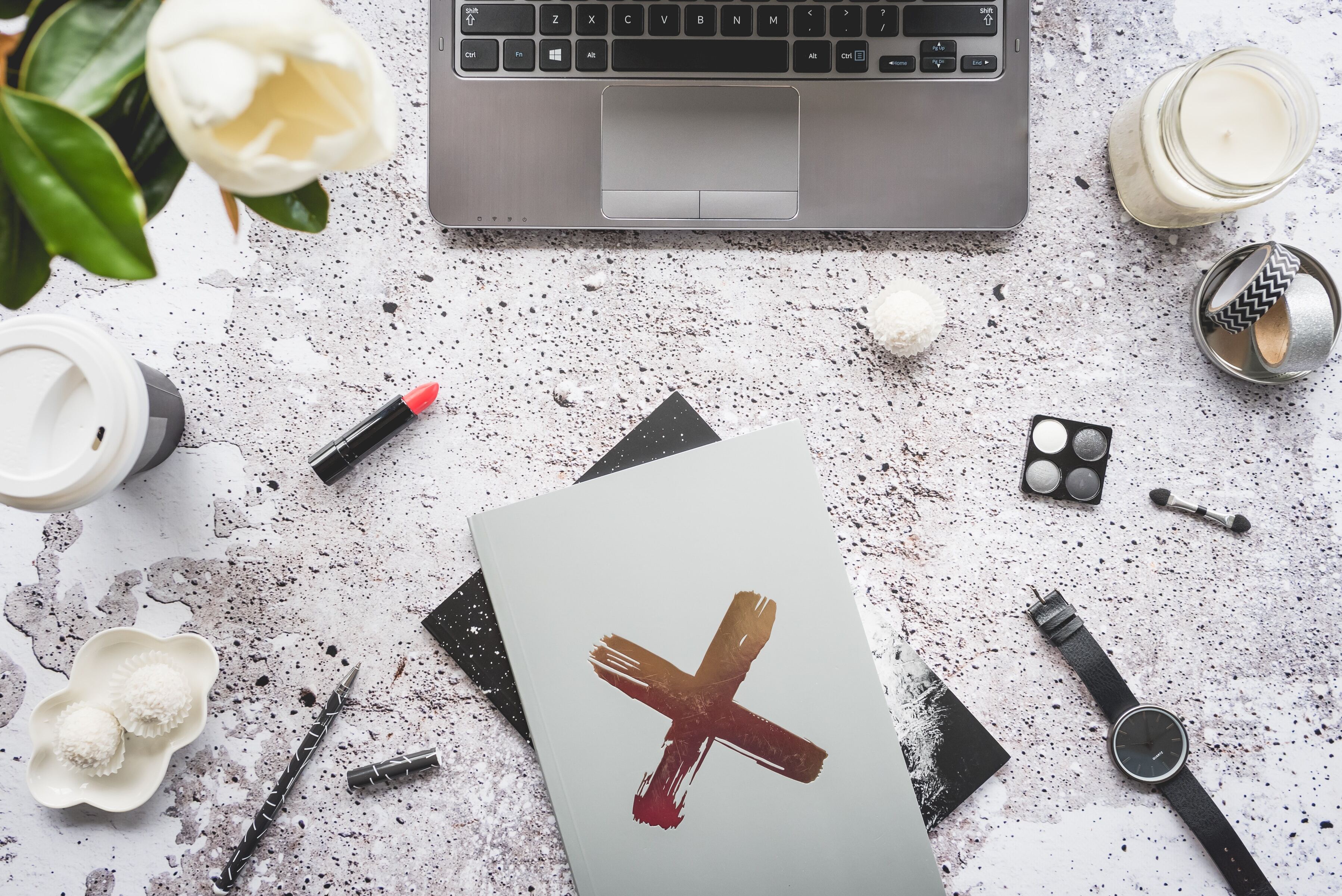
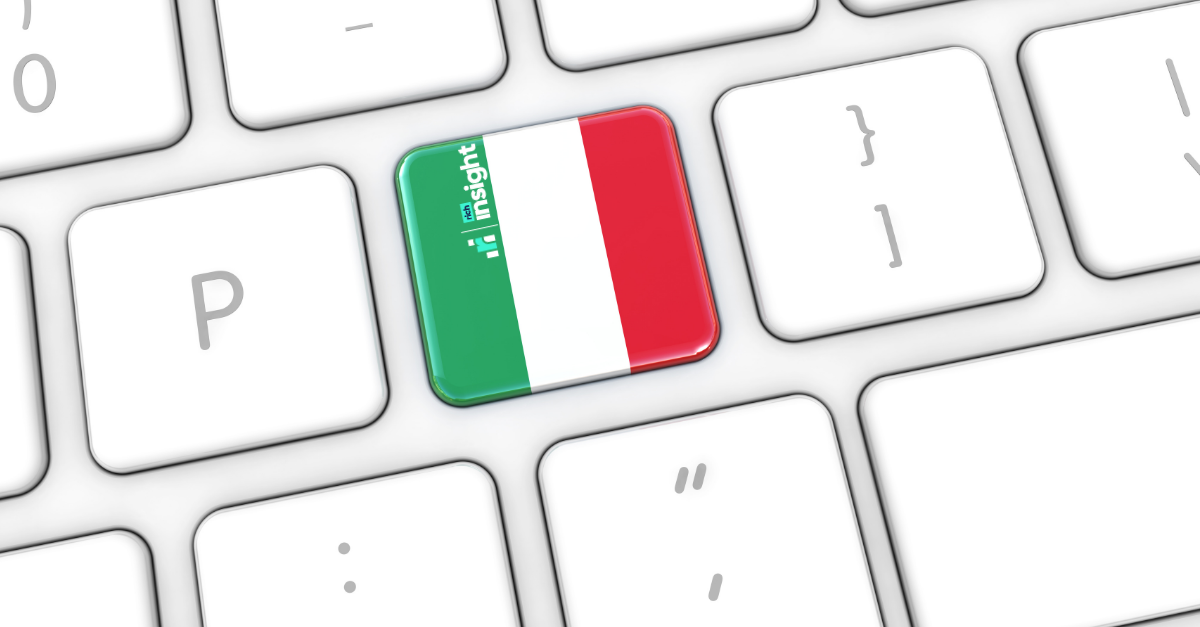
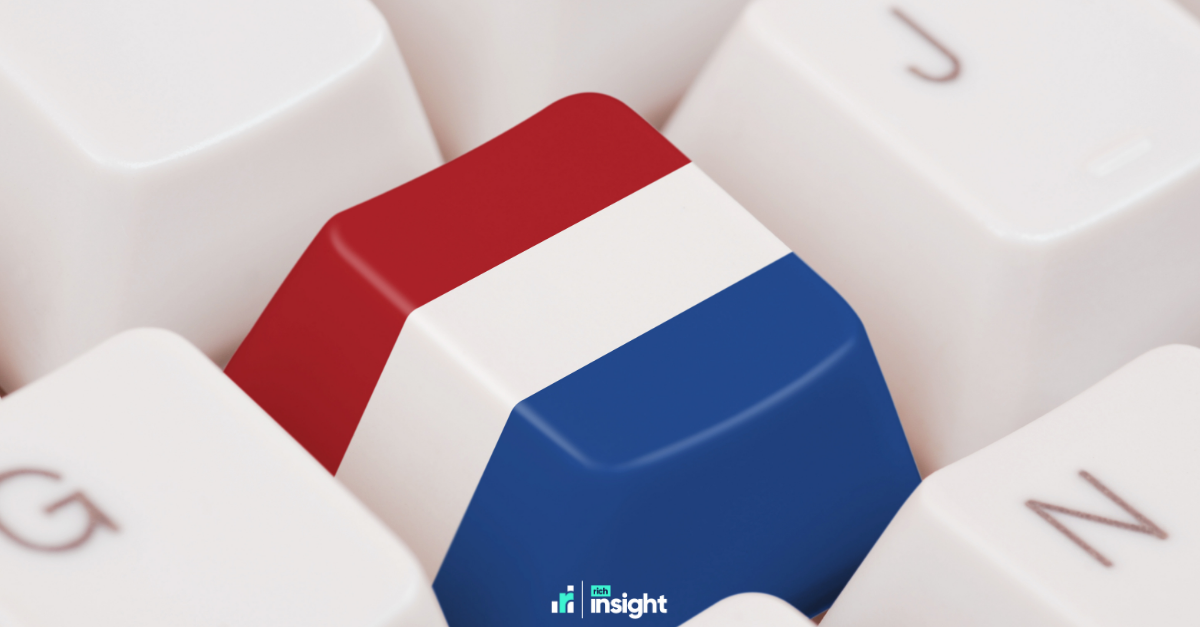
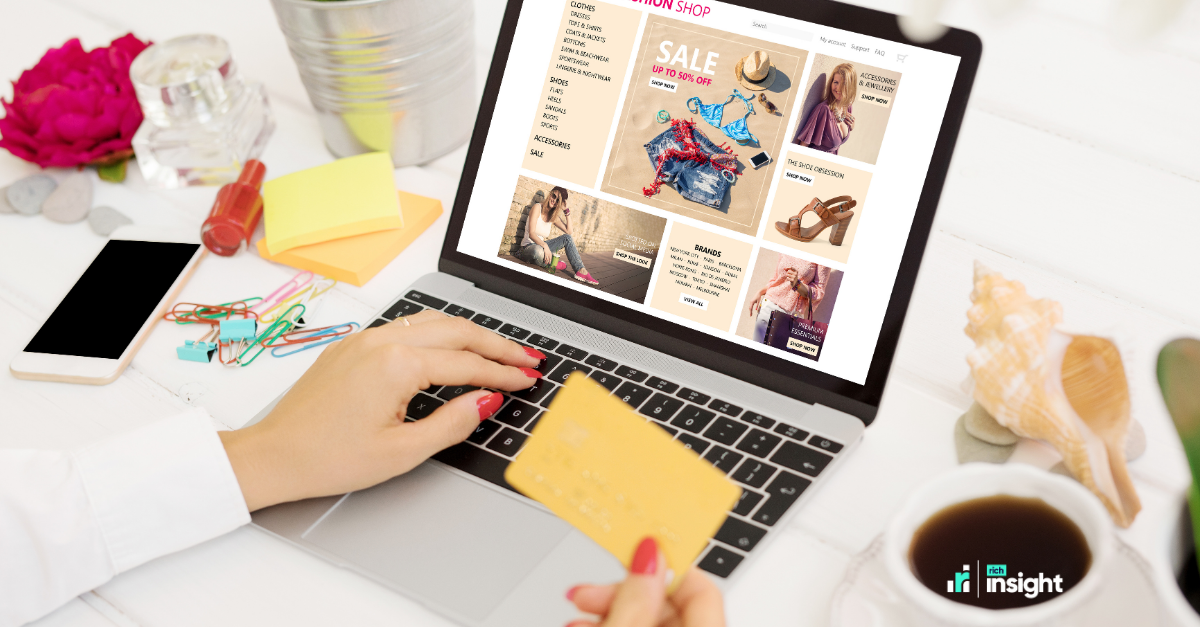
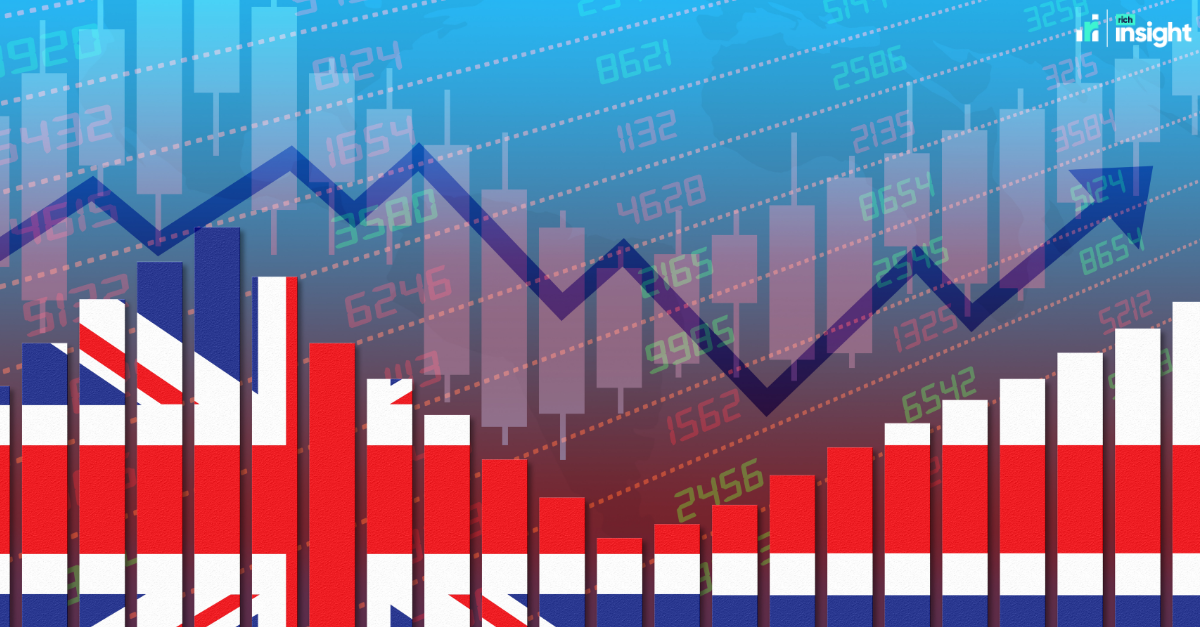
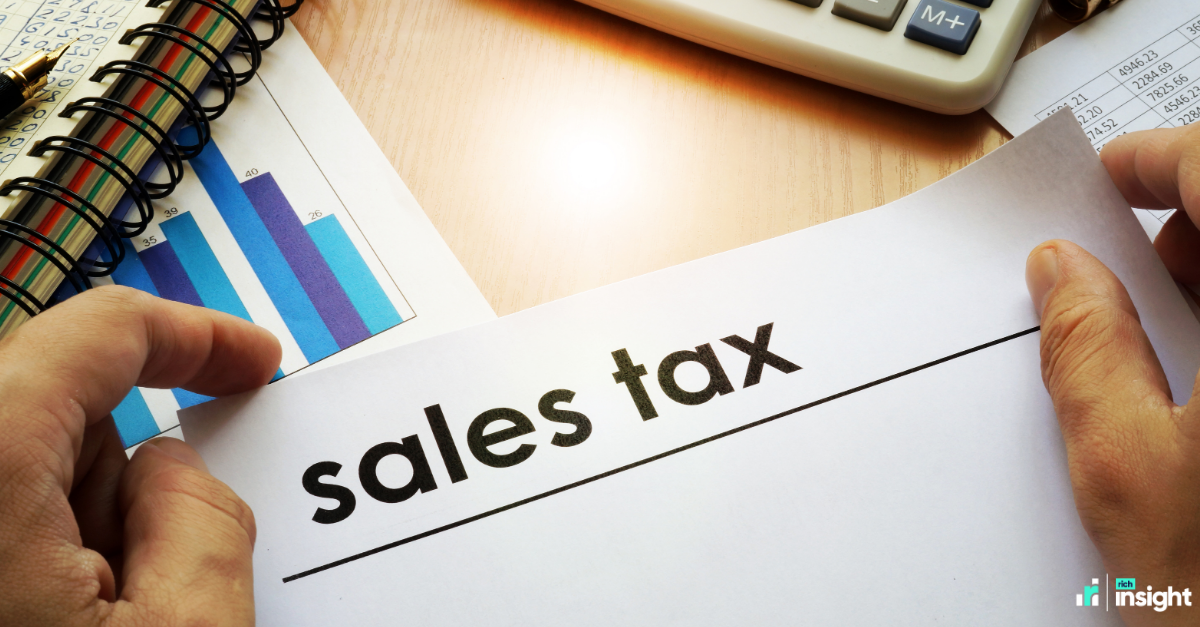
Blog Comments